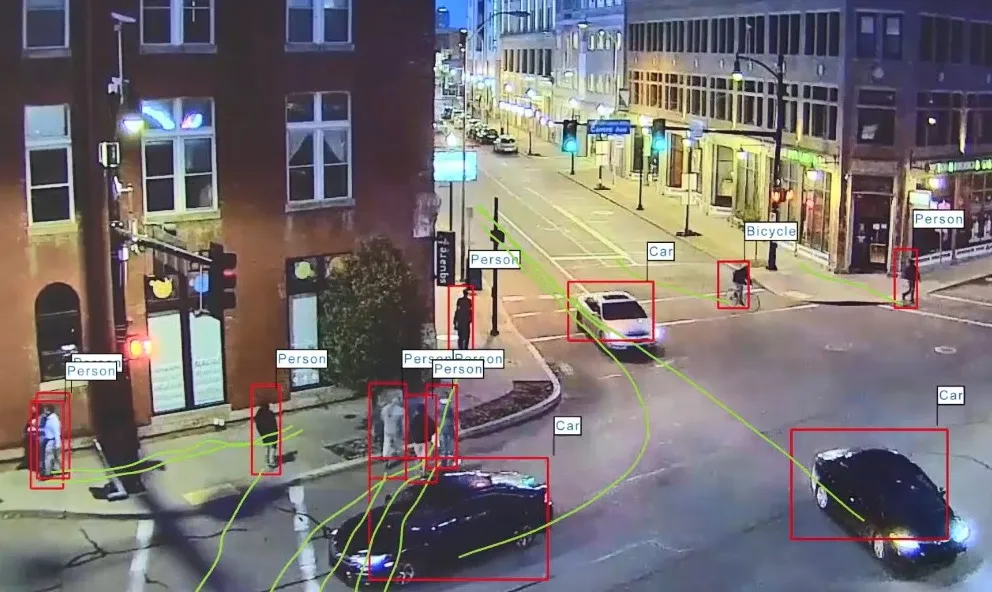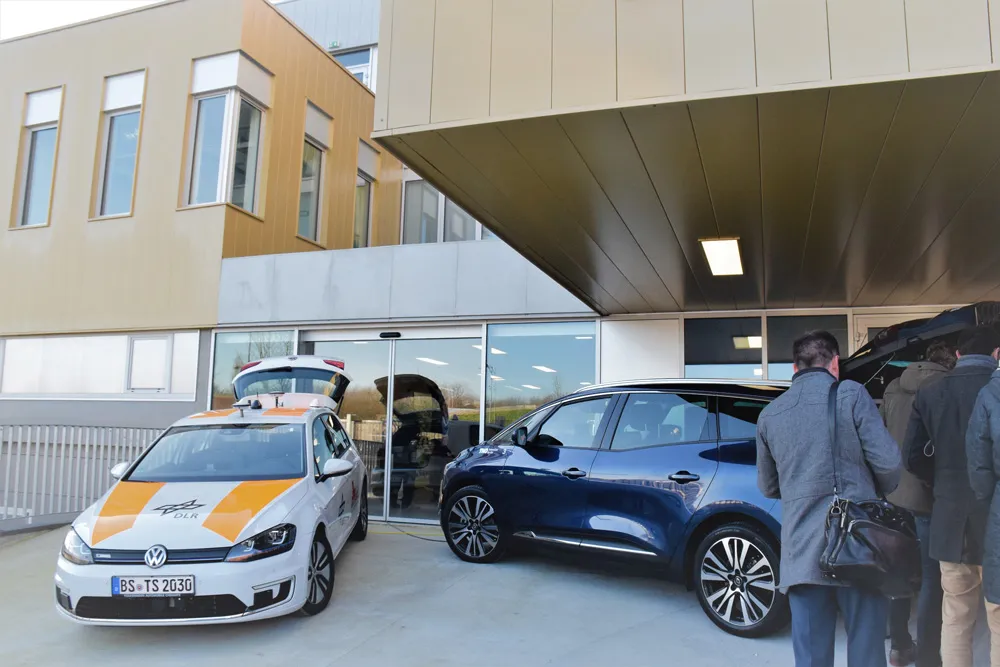Bosch and Daimler are to trial an autonomous shuttle and a fleet of automated vehicles on select routes in California, during the second half of 2019. The move is part of a drive to develop automated and driverless SAE Level 4 and 5 capabilities.
Daimler Mobility Services is expected to operate the fleet as well as the app-based service. The project is intended to demonstrate how services such as carsharing, ride-hailing and multi-modal platforms can be intelligently connected.
US technology company N
July 23, 2018
Read time: 1 min
Daimler Mobility Services is expected to operate the fleet as well as the app-based service. The project is intended to demonstrate how services such as carsharing, ride-hailing and multi-modal platforms can be intelligently connected.
US technology company Nvidia will supply its artificial intelligence platform to support the partnership’s control unit network.
The network collates and evaluates data from the sensors with radar, video, lidar and ultrasound technology and plans the movement of the vehicle.









